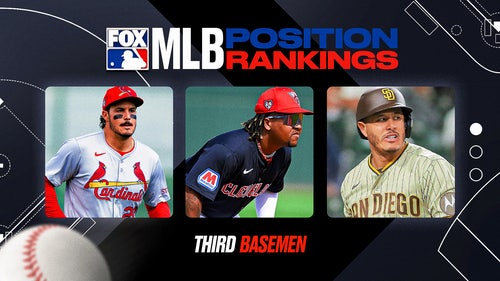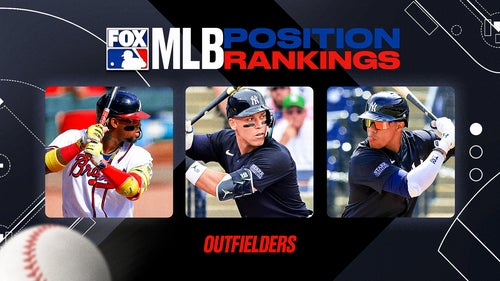
Slash stars: MLB execs on whether new wave of two-way players will have a Ruthian impact
The return, 14 years ago, of a bona fide two-way player to Major League Baseball was so notable that Sports Illustrated’s Scorecard section published a recurring feature devoted to tracking the progress of 31-year-old Brewers outfielder/reliever Brooks Kieschnick. Unfortunately, the final entry of the Kieschnick Watch, in the Oct. 6 2003 issue, wasn’t positive. “I told Kiesch if he drops another ball, I’m calling timeout and I’m going to pull his pants down and spank his bare butt,” said Milwaukee's first-year manager, Ned Yost, who would go on to greater things.
It’s hard to imagine any skipper threatening to potch the next generation of potential slashers. Kieschnick—who ended up pitching to a 4.59 ERA and batting .286, mostly as a pinch hitter, between '03 and '04—was a roster-stretching 25th man. Same with his 1950s predecessor Hal Jeffcoat (career OPS+: 73; career ERA+: 97) and his newly unveiled successor, Padres catcher/reliever Christian Bethancourt, who is currently hitting .143 with an ERA of 14.73. Soon, though, Major League Baseball could witness the second coming of the two-way man’s archetype: the Babe.

All of a sudden, there are at least three candidates to follow Babe Ruth as a simultaneous star on the mound and at the plate—a phenomenon baseball hasn’t experienced in nearly a century, since Ruth stopped regularly pitching after his final season with the Red Sox in 1919. You probably know already know about the 22-year-old Japanese phenom Shohei Ohtani, profiled in SI and on 60 Minutes by my colleague L. Jon Wertheim a few weeks ago. On Tuesday you were introduced to newly minted SI cover subject Hunter Greene, a 17-year-old pitcher/shortstop from southern California, in a story by Lee Jenkins.
The third contender, whose SI feature is surely forthcoming, is Louisville junior and lefthanded pitcher/first baseman Brendan McKay—yes, ‘Two-Way’ McKay. On Tuesday afternoon, with Greene’s cover still warm from the presses, McKay went 4-for-5 with four home runs and nine RBIs against Eastern Kentucky. For the season, McKay is now batting .405 with 11 homers in 126 at-bats, and he also has a 1.83 ERA with 83 strikeouts in 59 innings. Ohtani might arrive in the majors from Japan as soon as next season, and Greene and McKay are almost certain to go No. 1 and No. 2, in some order, to the Twins and the Reds in this June’s draft.

Several MLB executives tell SI.com they consider the surge of star-caliber two-way prospects more a coincidence than a trend. However, despite the conventional wisdom that has long suggested that the physical and mental demands of the modern game has necessarily led to the extinction of the slasher at its highest level, the execs all say that increasingly creative front offices might at least consider using all their talents in the big leagues, rather than hewing to tradition by forcing them to specialize in the lower minors.

The Ohtani plan, by which the Nippon Ham-Fighters play him at designated hitter most of the week and give him a day off before his starts, is an option, but there are others. One exec suggests the possibility of a hybrid designated hitter/closer. Another contemplates an outfielder/lefty specialist—“extremely useful, because you could have him come in and out when desired,” he says.
Nobody anticipates a club allowing a player to combine a full-time defensive position with a starter’s innings. “Can’t envision an arm holding up to a dual workload,” says one assistant G.M. Indeed, on Wednesday Greene confirmed to Baseball America that he is done pitching for the season in order to protect his arm before the draft. But Ohtani, Greene and McKay are unusually coveted prospects not only because each comes with a built-in fallback option. It’s also because any one of them might grow into the type of singular weapon that the majors haven’t seen in one hundred years—a newly rediscovered World War I ordnance which modern organizations might actually deploy. Says one front office executive: “I’d never say never.”







